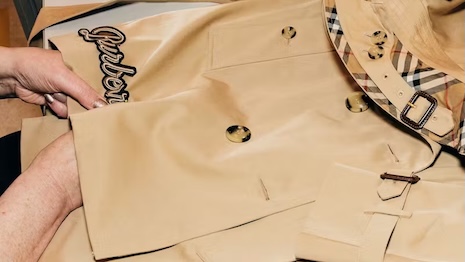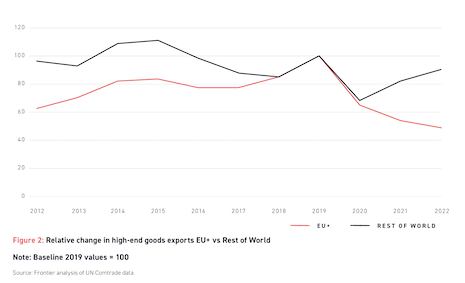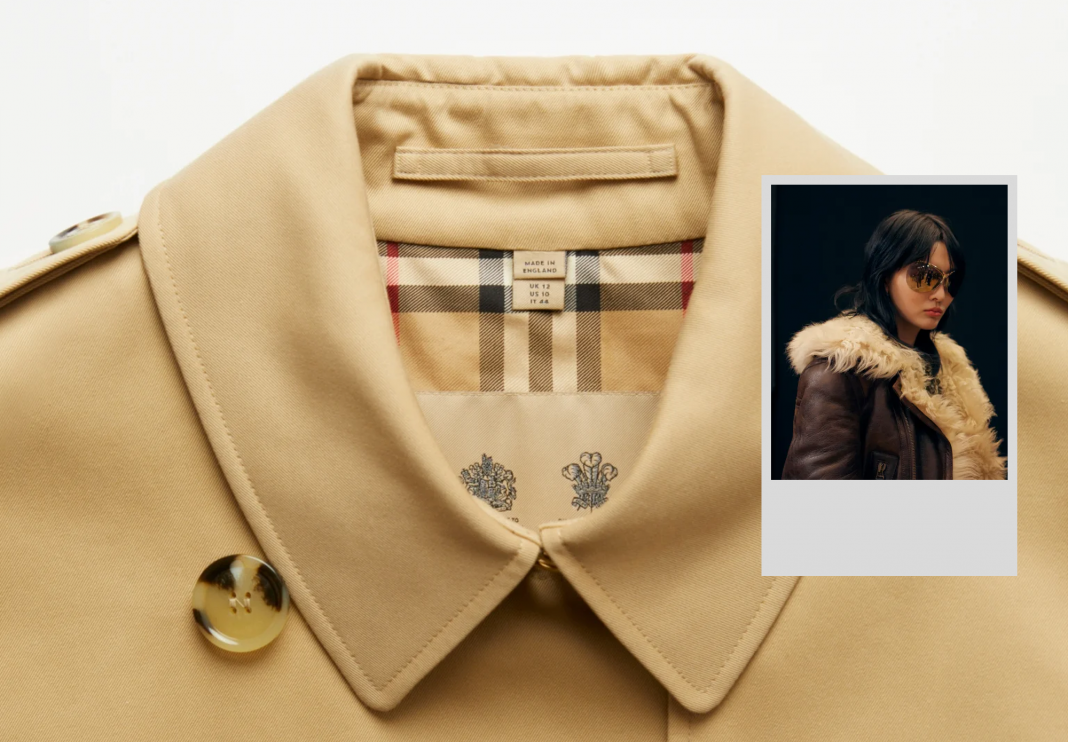Despite turbulence in global luxury markets, iconic French fashion house Chanel is doubling down on expansion and innovation — confident that resilience and strategic investment will keep it at the forefront of the industry.
Navigating the Stormy Luxury Market
In a year marked by volatility and economic uncertainty, French luxury powerhouse Chanel is choosing to stay the course with robust investments rather than pulling back. Speaking to Reuters on May 20th, Philippe Blondiaux, Chanel’s Group Chief Financial Officer, underscored the brand’s commitment to growth despite the choppy conditions in key markets such as China and the United States.
“We continue to navigate in very uncertain times,” Blondiaux said, acknowledging ongoing macroeconomic and geopolitical challenges. While he noted “positive signs of stabilization” in China and Hong Kong, he was cautious to say it was still “too early to say” the region had fully recovered, especially as tariff negotiations continue to cast a shadow over the market outlook.

This cautious optimism is mirrored by Chanel’s decision to maintain its capital expenditure at $1.8 billion for the year—matching last year’s spend which already represented a significant 43% increase from the previous year. In contrast, many luxury competitors are tightening their belts amid unpredictable demand and geopolitical tensions.
Investing in Expansion and Supply Chain Resilience
Chanel’s plans extend beyond mere survival. The group is pushing forward with an ambitious global store expansion, aiming to open 48 new outlets this year. Nearly half of these will be located in the United States and China — two markets critical for luxury sales despite their recent fluctuations. Other new stores will appear in growing luxury markets like Mexico, India, and Canada.
Interestingly, only six of the new locations will be dedicated fashion stores, signaling Chanel’s diversified retail strategy that includes beauty, fragrance, and accessories, areas that provide steady revenue streams even in downturns.
Alongside retail expansion, Chanel is investing heavily in its supply chain infrastructure. The company is putting $600 million into internalizing production, a move designed to bolster control over quality and reduce dependency on external suppliers. This includes acquiring stakes in a French silk producer and an Italian jewelry manufacturer, ensuring greater vertical integration of its iconic products—from the classic quilted handbags to its signature No. 5 perfume.
Price Adjustments and Market Realities
While Chanel absorbed a 4.3% sales decline in 2024—largely attributable to the slump in China—its operating profit took an even sharper hit, falling 30%. The luxury house’s global CEO Leena Nair highlighted the undeniable impact of “macroeconomic and geopolitical volatility” on sales performance across some markets, underlining the tough environment luxury brands are facing.

To mitigate inflationary pressures, Chanel increased prices by about 3% last year and hinted at further hikes aligned with inflation trends for 2025. Particularly in the jewelry segment, where rising gold prices add to cost pressures, price adjustments may be more pronounced.
Despite these challenges, Chanel’s leadership remains confident that its investment and pricing strategies will position the brand well for a post-pandemic recovery phase, banking on strong brand loyalty and continued global demand for luxury.
Creative Leadership and Industry Shifts
A fresh wave of leadership change is sweeping through the luxury fashion world, and Chanel is no exception. In December 2024, Matthieu Blazy took the helm as Chanel’s new creative director, succeeding Virginie Viard. Blazy’s appointment is part of a broader industry reshuffle involving major houses like Gucci, Dior, Balenciaga, and Valentino — all seeking to reignite consumer excitement and accelerate sales growth. Addressing industry rumors, CEO Leena Nair confirmed that Blazy will not be introducing menswear to the Chanel line-up, despite ongoing speculation. Instead, the focus is on reinforcing Chanel’s iconic style with contemporary relevance under Blazy’s vision.
Chanel remains privately owned by the Wertheimer brothers, Alain and Gerard, whose stewardship has preserved the brand’s aura of exclusivity and heritage. This stable ownership structure allows Chanel to pursue long-term strategies that may not yield immediate profits but promise sustained brand equity.
The Bigger Picture: Luxury Market Trends
Chanel’s performance contrasts with broader industry trends, where even the largest groups face hurdles. For instance, LVMH, the world’s largest luxury conglomerate, reported only a 1% sales increase in 2024, with gains in U.S. and European markets offsetting declines in Asia. Meanwhile, Hermès outpaced rivals with nearly 15% growth, showing strong demand across all regions.
Industry optimism initially centered on a U.S.-led recovery, but hopes for a quick rebound have been tempered by tariff uncertainties and global economic headwinds. Consulting firm Bain recently downgraded its forecast, predicting the luxury sector could see a 2% to 5% sales decline this year.
In this context, Chanel’s decision to maintain aggressive investment and expansion speaks to its confidence in the brand’s enduring appeal and ability to adapt to market fluctuations. While others retrench, Chanel is wagering on innovation, quality, and global presence to safeguard its status as a symbol of luxury.
Confidence Amid Uncertainty
Chanel’s strategy highlights a key lesson for luxury brands facing unpredictable markets: resilience is built through bold investment and authentic brand stewardship. By balancing cautious optimism with significant capital deployment in retail, production, and creative vision, Chanel is not only surviving the turbulence but aiming to emerge stronger.
As the luxury market continues to evolve with shifting consumer behaviors and geopolitical complexities, Chanel’s commitment to its heritage and forward-looking investments may well set the blueprint for success in this uncertain era.



